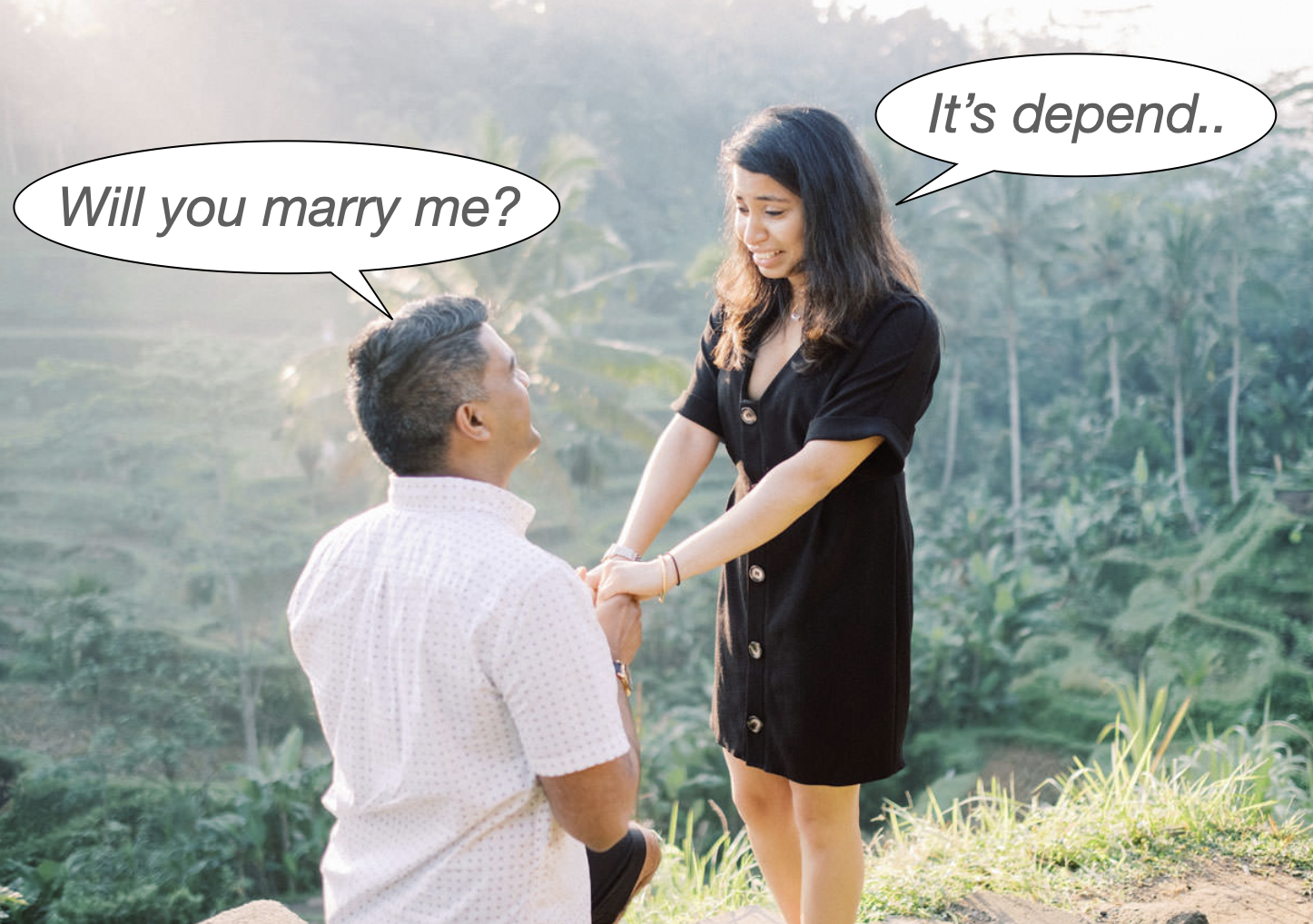
It's depend!
Students often mistakenly add to be to V1 to make present simple tense. It could be that they have seen other structures using to be and apply the same ‘rules’ to present simple verb forms.
Let’s take a look at some structures that use to be and think about those that do not.
‘to be’ + adjective
- Roses are red.
- I’m tired.
- Isn’t it hot today? (Positive = It is hot today.)
In these examples, adjectives give information about nouns:
- red tells us about Roses
- tired tells us about I
Notice that the verb to be needs to 'agree' with the subject:
- Are agrees with Roses (3rd person plural)
- Am agrees with I (1st person singular)
If you are not familiar with the conjugation of verbs (1st person, 2nd person, etc.), see here.
‘to be’ + noun
- I’m a doctor.
- These chairs are office chairs.
- Indonesia is an Asian country.
In these examples, nouns give information about other nouns:
- doctor gives information about I
- office chairs gives information about these chairs
Notice again that in each example the verb to be 'agrees' with the subject:
- Am agrees with I (1st person singular)
‘to be’ + preposition phrase
- He’s in his office.
- The chairs are on the back of the truck.
- Indonesia is in south-east Asia.
In these examples preposition phrases give information about nouns:
- in his office tells us about He
- on the back of the truck tells us about The chairs
‘to be’ + verb
In our opening example, to be is put before the verb depend (V1).
This is incorrect! The only time to be appears before a verb is when the form of the verb is continuous:
- My brother is preparing to sit the IELTS test.
- This time next week I will be sitting on a beach sipping martinis.
- In 2005 they were living in Australia.
Notice the tense may be past, present or future!
And always make sure that subjects ‘agree’ with verbs:
- My brother (singular) + 'is' (NOT 'are')
- they (plural) + 'were' (NOT 'was')